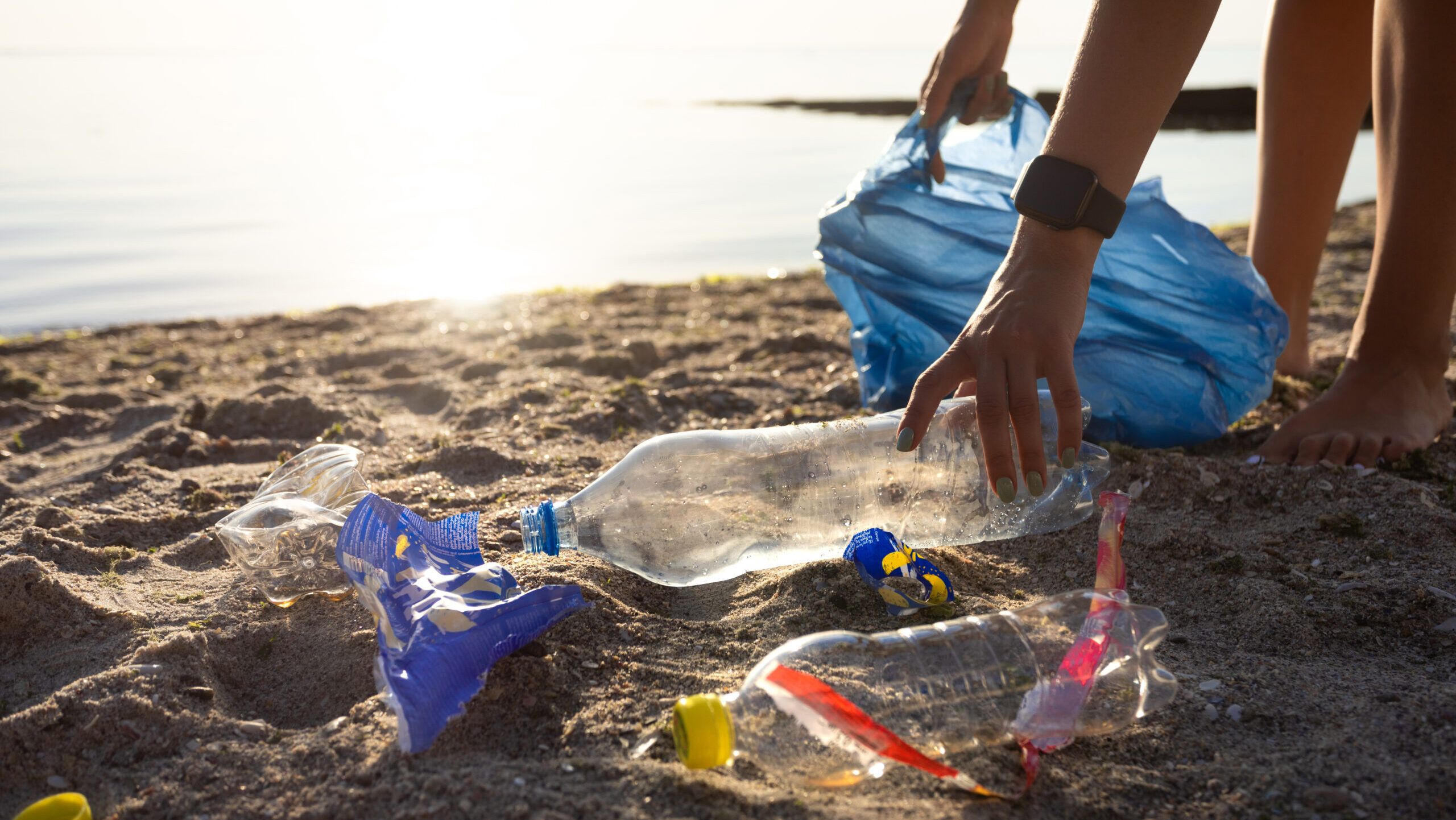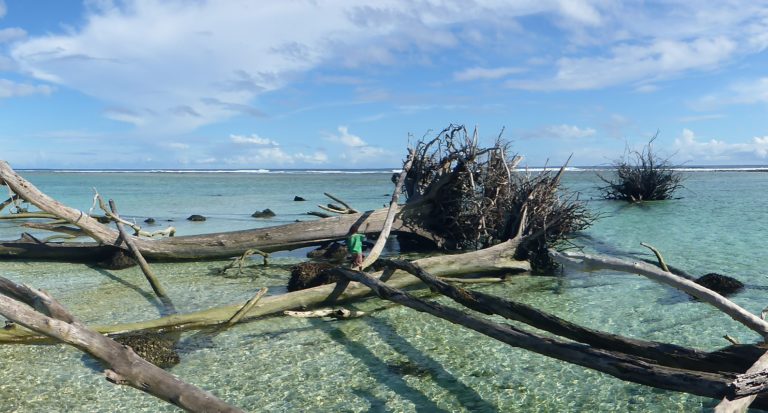
Turtle Island’s Unfolding Crisis: Climate Change and the Fight for Indigenous Futures
Across the vast and varied landscapes of North America, known to many Indigenous peoples as Turtle Island, a profound crisis is unfolding. Climate change, a global phenomenon driven by industrialization and fossil fuel consumption, is not an abstract threat here; it is a lived reality, dismantling ancient ways of life, displacing communities, and severing profound spiritual connections to land and water. For Indigenous nations, who have stewarded these lands for millennia, the impacts are not merely environmental; they are deeply cultural, economic, and existential.
Indigenous communities on Turtle Island are disproportionately vulnerable to climate change. This heightened vulnerability is a cruel legacy of colonialism, which stripped Indigenous peoples of their land, sovereignty, and resources, pushing them onto marginalized territories and into economic precarity. Today, these communities often reside in remote areas, on coastlines, or in regions highly susceptible to extreme weather events, with limited infrastructure and resources to adapt. The consequences range from forced migration and food insecurity to the erosion of cultural identity and traditional knowledge.
Rising Waters and Retreating Lands: Coastal and Riverine Communities
One of the most immediate and visible threats is sea-level rise and increased coastal erosion. Communities along the Pacific, Atlantic, and Gulf Coasts are experiencing the relentless advance of the ocean, often compounded by more frequent and intense storms. In Louisiana, the Biloxi-Chitimacha-Choctaw community of Isle de Jean Charles has become a stark symbol of climate displacement. For generations, this community thrived on a narrow sliver of land, living off the bayou and the sea. But over the past 60 years, coastal erosion, subsidence, and saltwater intrusion—exacerbated by rising seas—have shrunk their island home by 98%.
"Our ancestors are buried here, our language is spoken here, our culture is lived here," says Chief Albert Naquin, whose people are now in the painful process of relocating to higher ground, becoming the nation’s first federally funded climate refugees. This forced migration is not just a physical move; it’s a profound cultural dislocation, tearing at the fabric of a community intimately connected to its ancestral lands and waters. Similar fates threaten other coastal tribes, from the Quinault Nation in Washington State, whose village of Taholah faces inundation, to the Shinnecock Indian Nation on Long Island, battling erosion and the loss of sacred sites.

Inland, riverine communities face increased flooding. The devastating floods that have swept through regions like the Midwest and the Pacific Northwest have destroyed homes, infrastructure, and agricultural lands, often with disproportionate impact on Indigenous communities situated along waterways they have historically relied upon. These floods contaminate drinking water sources, disrupt transportation, and damage culturally significant plant life.
Melting Permafrost and Wildfire’s Fury: Arctic and Forested Regions
In the Arctic, Indigenous communities face an existential crisis as temperatures rise at more than twice the global average. The permafrost, the permanently frozen ground that supports homes, roads, and crucial infrastructure, is thawing rapidly. Villages like Newtok and Kivalina in Alaska are literally sinking into the mud, forcing residents to consider costly and culturally devastating relocations. The thawing permafrost also releases ancient carbon and methane, creating a dangerous feedback loop that accelerates global warming.
Beyond infrastructure, the melting ice profoundly impacts traditional hunting and fishing practices. The seasonal patterns that dictate ice thickness, animal migration, and plant growth are becoming erratic and unpredictable. "Our elders always knew when it was safe to hunt seals on the ice, when the caribou would pass through," an Inupiat elder from Kotzebue remarked. "Now, the ice is thin, the caribou routes have changed. It’s like the land itself is forgetting its ways, and we are losing ours too."
Further south, in the vast forests of Turtle Island, climate change is fueling an unprecedented surge in wildfires. Extended droughts, hotter temperatures, and an accumulation of fuel have transformed once-manageable fires into infernos that rage across millions of acres. For tribes in California, the Pacific Northwest, and the Southwest, these fires are destroying ancestral lands, sacred sites, and traditional food sources like acorns, berries, and medicinal plants. The smoke plumes cause severe respiratory illnesses, and the destruction of forests disrupts vital ecosystems and the cultural practices tied to them, such as traditional basket weaving or controlled burns, which Indigenous peoples have practiced for millennia to maintain forest health.
Food Security, Traditional Knowledge, and Cultural Erosion
The impacts on food systems are particularly acute. Traditional foods—salmon, wild rice (Manoomin), caribou, bison, berries—are not merely sustenance; they are central to Indigenous cultural identity, spiritual practices, and economic well-being. Changes in water temperature and flow are decimating salmon populations, a keystone species for many Pacific Northwest tribes, threatening their treaty rights to fish and their very way of life. "When the salmon don’t come, a part of us dies," says a Lummi Nation fisherman. "They are our relatives, our teachers, our providers."
Similarly, the changing climate threatens wild rice, a sacred food for Anishinaabe communities around the Great Lakes. Altered water levels, increased temperatures, and invasive species are jeopardizing the fragile ecosystems where Manoomin grows, impacting ceremony, diet, and community cohesion. For many, the loss of these traditional foods translates directly into increased reliance on store-bought, often unhealthy, processed foods, contributing to health disparities like diabetes.
Beyond food, the disruption of natural cycles erodes Traditional Ecological Knowledge (TEK), a vast body of knowledge accumulated over thousands of years through direct observation and interaction with the environment. When seasons shift unpredictably, when plants flower at the wrong time, or animals migrate differently, the intergenerational transfer of TEK is broken. This loss is not just about practical skills; it’s about a loss of identity, language, and the intricate worldview that connects Indigenous peoples to the land.

Health, Displacement, and Environmental Justice
The cumulative stress of climate change also takes a significant toll on the mental and physical health of Indigenous communities. The trauma of displacement, the grief over lost lands and cultures ("eco-grief" or "solastalgia"), and the constant anxiety about an uncertain future contribute to higher rates of depression, anxiety, and suicide. Respiratory illnesses from wildfire smoke, increased exposure to vector-borne diseases due to warming temperatures, and a decline in access to nutritious traditional foods all exacerbate existing health disparities.
The concept of environmental justice is critical here. Indigenous communities bear a disproportionate burden of climate change, not because of their own emissions, but because of historical injustices that have left them vulnerable. Their fight against climate change is inextricably linked to their ongoing struggle for self-determination, treaty rights, and sovereignty. They often lack the political power and economic resources to influence policy or implement large-scale adaptation measures, despite being on the front lines.
Resilience, Adaptation, and Indigenous Leadership
Despite the immense challenges, Indigenous communities on Turtle Island are not merely victims; they are at the forefront of climate resilience and adaptation efforts. Their deep connection to the land and their sophisticated TEK offer invaluable insights into sustainable living and climate solutions. Many tribes are actively pursuing renewable energy projects, developing community-led climate adaptation plans, and revitalizing traditional land management practices, such as prescribed burns, to mitigate wildfire risks.
The Gunaikurnai Nation in Australia, for instance, has developed a "Cultural Burning" program, revitalizing ancient fire management techniques. While not on Turtle Island, it exemplifies a global Indigenous movement that is reclaiming and applying TEK. On Turtle Island, tribes like the White Earth Nation in Minnesota are working to restore wild rice habitats, and the Standing Rock Sioux Tribe gained global attention for their fight against the Dakota Access Pipeline, highlighting the intersection of water protection, sovereignty, and climate justice.
Indigenous leaders are also increasingly vocal on the international stage, demanding recognition of their rights, the integration of TEK into climate policy, and direct funding for community-led solutions. They emphasize that genuine climate solutions must respect Indigenous sovereignty, uphold treaty obligations, and address historical injustices. As stated in the United Nations Declaration on the Rights of Indigenous Peoples (UNDRIP), Indigenous peoples have the right to maintain and strengthen their distinct political, legal, economic, social and cultural institutions, while retaining their rights to their lands, territories and resources.
A Call to Action
The unfolding climate crisis on Turtle Island is a stark warning for the entire planet. The vulnerability of Indigenous communities highlights the urgent need for global action on climate change. It also underscores a moral imperative: to listen to and learn from those who have stewarded the land for generations, to respect their inherent rights, and to support their efforts to adapt and thrive.
Addressing climate change impacts on Turtle Island requires more than just emissions reductions. It demands a fundamental shift in perspective—one that values traditional ecological knowledge, respects Indigenous sovereignty, and prioritizes environmental justice. The future of Turtle Island, and indeed the planet, hinges on our collective ability to recognize the wisdom of Indigenous peoples and to stand in solidarity with them as they fight for their lands, their cultures, and a sustainable future for all. The time for discussion is over; the time for decisive action, rooted in justice and respect, is now.

+ties.jpg?format=1500w&w=200&resize=200,135&ssl=1)